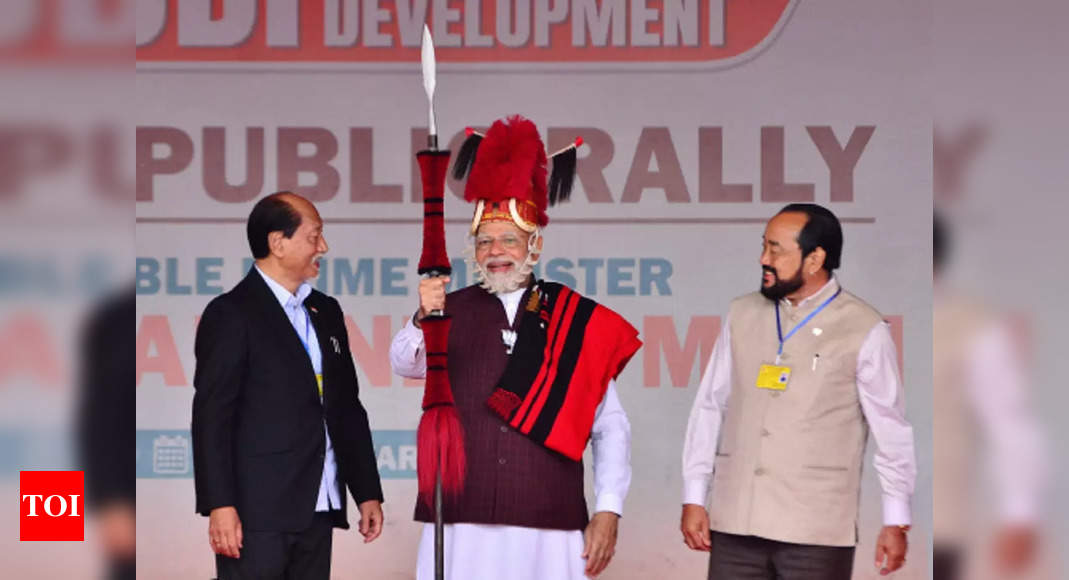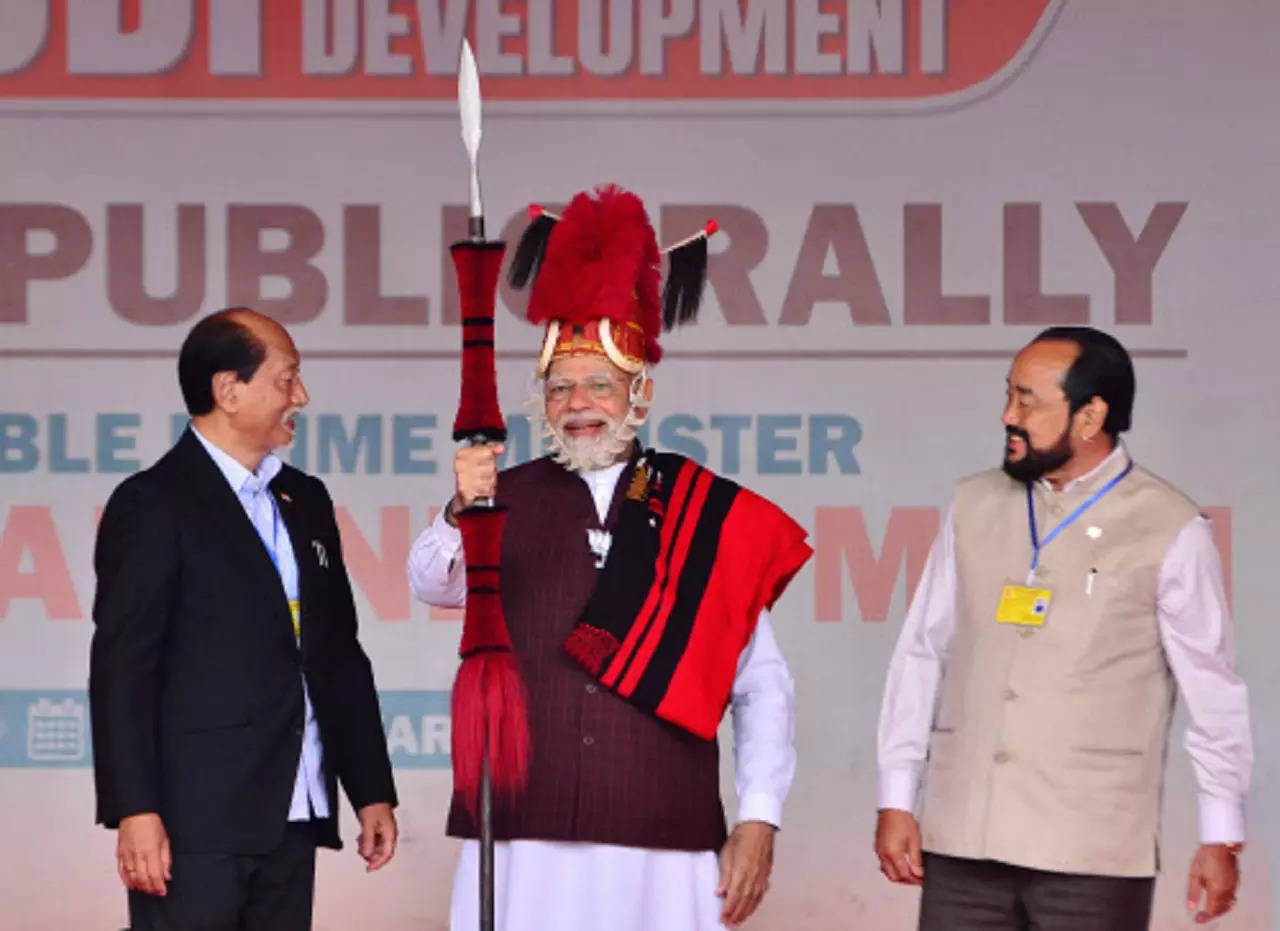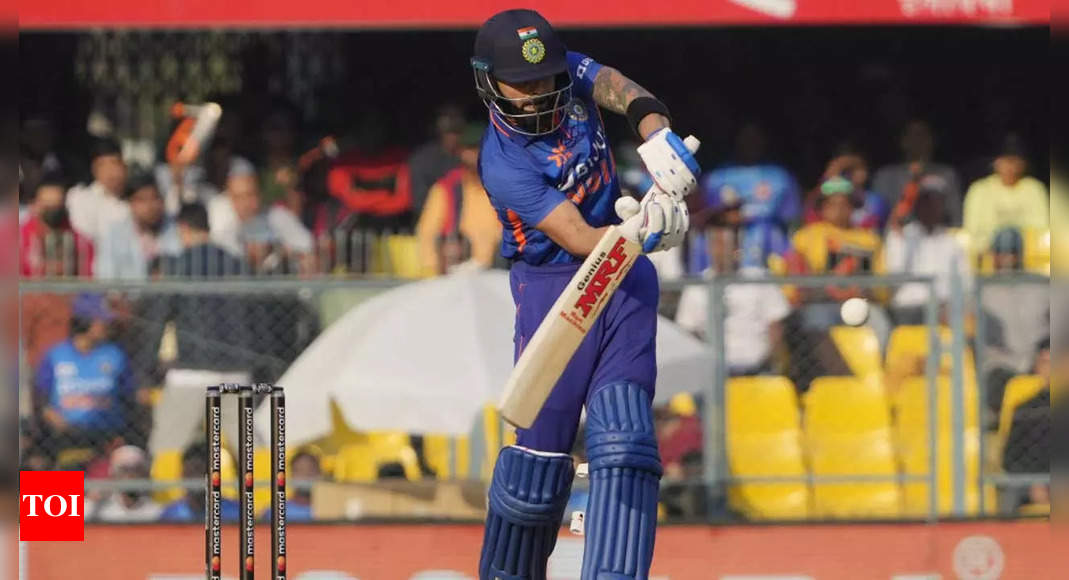[ad_1]
The erstwhile Naga Hills was a district of Assam with just three assembly seats. It became a separate state on December 1, 1963, with the enactment of the State of Nagaland Act, 1962, by Parliament. It was P Shilu Aoa bureaucrat-turned-politician, who played a key role in persuading the Centre to accord statehood on Nagaland.
Those were turbulent times as the Naga National Council (NNC) led by A Z Phizo just started a separatist movement calling for Naga independence. NNC is the parent organisation of various Naga rebel factions, including the NSCN (I-M), which is currently engaged in a peace process with the Government of India.
Ao reportedly had to face the wrath of the Naga nationalists, many of whom saw him and his party, the Naga People’s Convention (NPC), as puppets in the hands of the central government.
Under Article 371 A of the Constitution, in the first 10 years from the date of formation of the state, the total number of seats in the Nagaland legislative assembly was initially fixed at 46of which six were reserved for Tuensang district to be filled by persons chosen by members of the Tuensang Regional Council. The assembly seats were increased to 60 in 1974. There is no nominated member in the Nagaland assembly.
The Election Commission specified six symbols for the first election in the state – cock, elephant, hornbill, mithunmug and tiger. Two regional partiesNationalist Party and Democratic Party — were formed ahead of the polls, according to the state election office. However, all candidates fought as Independents as none of the parties were registered with the poll panel at the time.
The first-ever election to elect 40 members was a long-drawn process probably due to poor infrastructure and connectivity issues in the state. The polling was spread over seven days starting from January 10 to January 21, 1964. The counting of votes was taken up from January 17 to 19 and a Gazette notification of the results was issued on January 31. The first legislative assembly was formed on February 11, 1964.
The total number valid votes was 62,175 out of 62,720 polled in the first election. The state recorded 76.57 percent of polling. P Shilu Ao, who was elected from Impur assembly constituency, became the first chief minister of the state. Ao and five other ministers were sworn in by then governor Vishnu Sahay.
The state election office also documented what it called some “interesting incidents” related to the first election:
- Just before the notification for election on December 9, 1963, a candidate enquired whether a person with two wives would be eligible for election.
- After submission of the account of election expenses, some candidates approached the returning officers and chief electoral officer to ascertain the date by which their poll expenses would be reimbursed.
- On the polling day, the presiding officer of a booth saw an elderly person trying to open the ballot box, but in vain, by holding it in between his knees. He apparently did so to insert the ballot paper. Needless to say, many people in remote areas of the state were not accustomed to the election process in those times.
- In the Northern Angami (I) constituency, Z
Vikruli a candidate whose symbol was mithun, canvassed with a black bull with ‘Vote for Vikrulie’ inscribed on its body. The bull was later seen roaming aroundKohima town.
[ad_2]
Source link





